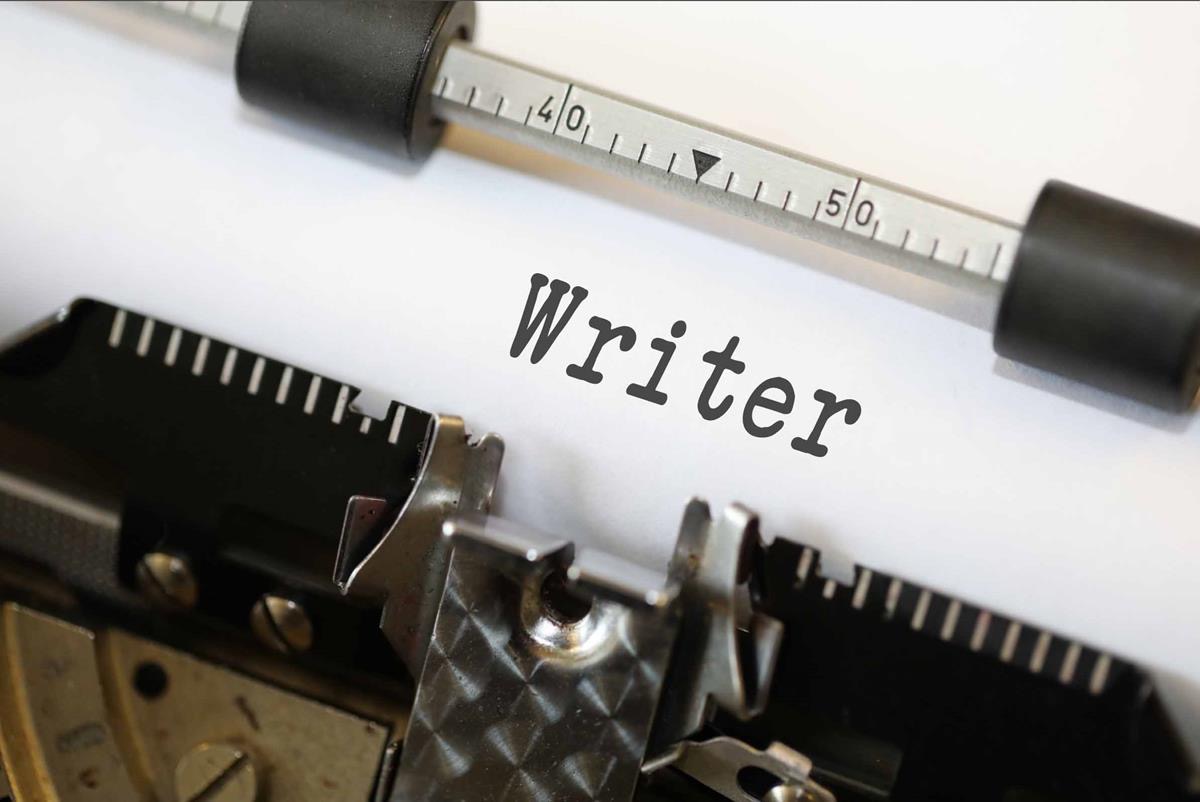Playwriting: Dialogue as an Art Form
Dialogue in playwriting is a powerful medium. It is not merely a vehicle for plot progression or character development; it is a form of expression that reveals the emotional core of the characters, conveys social and political messages, and shapes the very structure of a play. It becomes the heartbeat of the performance, pulsating through the actors’ lines, informing every movement, silence, and reaction.
To fully appreciate dialogue as an art form in playwriting, it’s essential to understand how it has evolved over time and across genres, as well as the distinct techniques employed by some of the most influential playwrights.
The Historical Evolution of Dialogue
Classical Greek and Roman Theatre
The history of dialogue in playwriting dates back to the Classical Greek period, where playwrights like Sophocles and Euripides mastered the art of using dialogue to explore complex human emotions and philosophical ideas. Greek tragedies often revolved around themes of fate, gods, and human suffering, with dialogue serving as the primary means of exploring these grandiose ideas. In Oedipus Rex by Sophocles, for example, the dialogue between Oedipus and Tiresias is rich in dramatic irony, as the blind prophet reveals truths that Oedipus cannot yet see. Here, dialogue isn’t just a conversation but a layered exploration of knowledge, ignorance, and fate.
In Roman theatre, playwrights like Plautus and Terence wrote comedies with rapid, witty exchanges that focused more on everyday human concerns. Their use of dialogue set the stage for many future comedic traditions, particularly in terms of pacing and the role of humor in the human experience.
The Elizabethan Era and Shakespearean Dialogue
The Elizabethan era, and more specifically the works of William Shakespeare, marked a significant turning point in the development of dialogue as a rich, multifaceted art form. Shakespeare’s plays contain some of the most renowned examples of dialogue in the English language, praised not only for their poetic form but for their psychological depth.
In Hamlet, for instance, the protagonist’s soliloquy “To be, or not to be” showcases how dialogue in drama can provide insight into the deepest layers of human thought and existential dilemma. Shakespeare used dialogue not merely to tell stories but to probe the very nature of existence, morality, and the human condition. His use of iambic pentameter added a rhythmic quality to the speech, giving the words an almost musical resonance while allowing characters to reflect on their circumstances with unparalleled nuance.
The Elizabethan theatre also encouraged a certain fluidity in dialogue, as plays were often performed in open-air spaces with actors engaging directly with the audience. This interaction often took the form of asides and soliloquies, devices that allowed characters to reveal their inner thoughts and intentions, creating a complex relationship between spoken dialogue and unspoken meaning.
The 19th Century: Realism and Naturalism
The 19th century introduced the rise of realism and naturalism in theatre, with dialogue taking on a more grounded and lifelike quality. Playwrights such as Henrik Ibsen and Anton Chekhov revolutionized the way dialogue was written and performed. No longer was dialogue solely for grand declarations or philosophical musings; it became a tool for exploring the minutiae of everyday life, revealing the subtle tensions and contradictions within relationships, families, and society.
Ibsen’s A Doll’s House is a seminal example of how dialogue in the realist tradition can expose the constraints of social norms. The famous confrontation between Nora and Torvald in the final act is not characterized by bombastic emotion but by a measured, almost clinical dissection of their marriage. The tension in their dialogue comes from what is not being said as much as what is. Every line, pause, and shift in tone speaks volumes about gender roles, identity, and personal freedom.
Chekhov, on the other hand, mastered the art of subtext in his plays, such as The Cherry Orchard and Uncle Vanya. His dialogue often appears simple and mundane on the surface, but beneath this lies a wealth of emotion and meaning. Characters in Chekhov’s plays rarely say what they mean outright, relying instead on awkward silences, unfinished thoughts, and seemingly trivial exchanges to convey their deeper feelings of longing, regret, or despair. This technique influenced the future of dramatic dialogue, particularly in modern and postmodern theatre.
20th Century: Modernism and Beyond
Tennessee Williams and Arthur Miller: Psychological Depth and Social Critique
The 20th century brought a diverse range of styles and approaches to playwriting, with dialogue continuing to play a central role. American playwrights like Tennessee Williams and Arthur Miller used dialogue to explore personal trauma, the fragility of human relationships, and the moral complexities of modern life.
In Williams’ A Streetcar Named Desire, dialogue is laden with tension, often hinting at the characters’ inner struggles, desires, and delusions. Blanche DuBois’ lines are often poetic and filled with symbolism, reflecting her tragic disconnect from reality. Stanley Kowalski’s dialogue, in contrast, is blunt and forceful, mirroring his raw physicality and dominance. The collision of these two contrasting dialogue styles creates much of the play’s dramatic tension.
Arthur Miller’s plays, such as Death of a Salesman, use dialogue to critique the American Dream and the capitalist ethos. The exchanges between Willy Loman and his family are marked by a deep sense of frustration and failure. The seemingly simple dialogue reveals complex layers of psychological and social critique. Willy’s conversations are riddled with contradictions, showcasing his internal conflict and the pressures of living up to societal expectations.
Samuel Beckett: Minimalism and Absurdity
Samuel Beckett, one of the leading figures of the Theatre of the Absurd, took dialogue in a radically different direction. In plays like Waiting for Godot, Beckett used minimalist dialogue to express the futility and absurdity of human existence. His characters engage in repetitive, circular conversations that often seem nonsensical or disconnected from any traditional narrative structure. Yet, through this fragmented dialogue, Beckett conveys profound themes of alienation, hope, despair, and the search for meaning in a chaotic world.
Beckett’s approach to dialogue challenged the very conventions of language and communication, suggesting that words can fail to convey meaning, that silence and repetition can speak louder than coherent speech. This marked a significant departure from the more naturalistic dialogue of earlier playwrights and opened up new possibilities for experimental and avant-garde theatre.
Contemporary Playwriting: Diversity of Voices
In contemporary theatre, dialogue continues to evolve as playwrights from diverse backgrounds and perspectives bring new voices to the stage. Writers like August Wilson, Sarah Kane, and Caryl Churchill have pushed the boundaries of dialogue in different ways.
August Wilson, known for his cycle of plays exploring African American life, used dialogue to give voice to the experiences, struggles, and resilience of Black communities. His use of vernacular and richly poetic language, particularly in works like Fences and The Piano Lesson, creates a deep connection between the characters and their cultural identity. Wilson’s dialogue is musical, rhythmic, and deeply rooted in the oral traditions of African American storytelling.
Sarah Kane, a British playwright, often employed fragmented, raw, and brutal dialogue in her plays, such as Blasted and 4.48 Psychosis. Her work reflects the violence and emotional intensity of her characters’ inner worlds, using disjointed dialogue to capture the disintegration of the self and the horrors of mental illness and war.
Caryl Churchill, known for her innovative and experimental approach to dialogue, has tackled themes ranging from gender politics to the complexities of power and oppression. In Top Girls, for example, Churchill uses overlapping dialogue to highlight the competitive, fragmented nature of female identity in a patriarchal society. Her dialogue is often non-linear, challenging audiences to engage with the play on multiple levels.
Techniques and Styles in Dialogue Writing
Dialogue in playwriting is not just about what is said but how it is said. Playwrights employ a variety of techniques to create compelling dialogue:
- Subtext: As seen in the works of Chekhov, subtext is the unspoken meaning behind the dialogue. Characters might say one thing but mean another, creating tension and complexity in their interactions.
- Rhythm and Pacing: Dialogue has its rhythm, and the pacing of lines can influence the emotional impact of a scene. Rapid exchanges can build tension, while slower, more deliberate speech can evoke reflection or emotional weight.
- Silence: Silence is an integral part of dialogue. What is left unsaid, the pauses between words, can be as powerful as the words themselves. In the works of Beckett and Pinter, silence is often used to heighten the existential tension of a scene.
- Dialect and Vernacular: The use of dialect, slang, or colloquial language can ground characters in specific social, cultural, or historical contexts. This technique can make dialogue feel authentic and help convey a character’s background or worldview.
- Repetition: Repeating certain phrases or words can serve to emphasize themes, emotions, or character traits. In Theatre of the Absurd, repetition often highlights the futility or circular nature of existence.
Conclusion
Dialogue is the lifeblood of playwriting. Through centuries of theatrical history, it has evolved from the formal, poetic exchanges of Greek tragedy to the fragmented, minimalist conversations of modern experimental theatre. Playwrights have used dialogue to explore the deepest corners of the human psyche, challenge societal norms, and experiment with the very nature of language and communication.
In every genre, from tragedy to comedy, realism to absurdism, dialogue is more than mere conversation—it is a reflection of the world and the human experience.
QUESTIONS FOR FURTHER DISCUSSION
Here are several questions to further explore the topic of dialogue in playwriting:
- What role does subtext play in modern dialogue, and how can a playwright effectively use it to deepen character relationships?
- How does the use of dialect or vernacular shape audience’s perception of a character? Can it reinforce or challenge stereotypes?
- In what ways does the rhythm and pacing of dialogue affect the emotional tone of a scene? Can slow, deliberate dialogue be as powerful as fast-paced exchanges?
- How have different cultural and social movements influenced the evolution of dialogue in theatre? Consider examples like feminist theatre, queer theatre, or postcolonial theatre.
- How does silence function as a form of dialogue in plays? Can silence speak as loudly as words? What are examples of playwrights who use silence effectively?
- How has the advent of realism and naturalism in the 19th century changed the expectations for dialogue in contemporary theatre? Are there still traces of classical and Shakespearean styles in modern dialogue?
- In what ways does fragmented or minimalist dialogue, like that seen in Beckett’s plays, challenge traditional narrative structures in theatre? How does it alter the audience’s experience?
- How can a playwright balance dialogue that is both authentic to the character’s voice and engaging for the audience, especially in diverse or multicultural plays?
- What are some techniques playwrights can use to convey deep emotional or philosophical themes through dialogue without being overly expository or “on the nose”?
- How can dialogue in theatre act as a social or political commentary? Can you identify plays where the dialogue specifically critiques or reflects broader societal issues?
These questions aim to spark deeper analysis and discussion, allowing a broader understanding of how dialogue operates across different genres, time periods, and cultural contexts in theatre.
© 2024, wcadmin. All rights reserved, Writers Critique, LLC Unless otherwise noted, all posts remain copyright of their respective authors.




